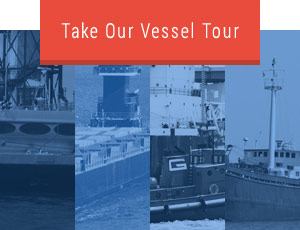Vessel General Permit
The Environmental Protection Agency’s Vessel General Permit is a set of requirements that apply to 26 types of discharges incidental to the normal operation of vessels to minimize their impact on surrounding waters. Since February 2009, commercial vessels of 79 feet or more in length must comply with the requirements of the VGP when operating in U.S. inland and coastal waters (including the Great Lakes) inside the three-mile limit of the U.S. territorial sea. Vessels less than 79 feet in length that discharge ballast water in these waters must comply with the requirements of the permit with respect to ballast water. The VGP’s requirements include Best Management Practices for each of the 26 discharges, as well as requirements for inspections, recordkeeping, and reporting, and corrective actions.
AWO developed a Recommended Practice Guide to assist barge and towing vessel owners and operators in complying with the VGP. The Recommended Practices included in the Guide were developed by a cross-section of AWO members from all sectors and all regions of the tugboat, towboat and barge industry. They are designed to assist companies in meeting the requirements of the permit in a way that ensures paramount attention to the safety of vessel crewmembers and easy incorporation into the Responsible Carrier Program or other safety management system, such as the International Safety Management Code.

